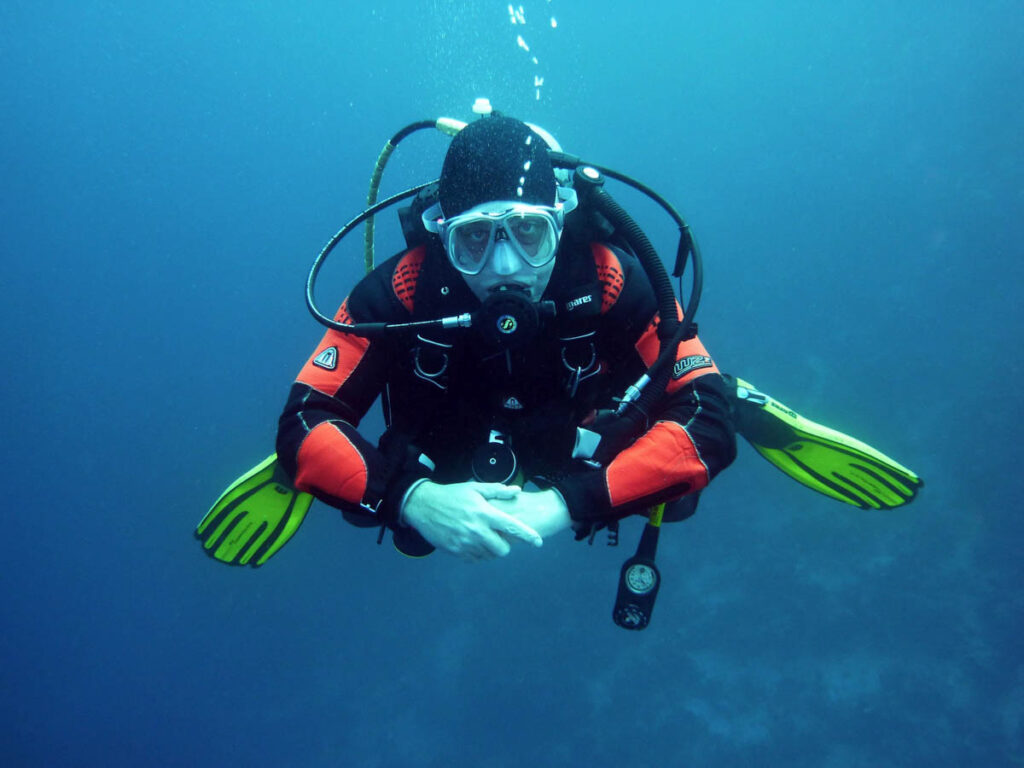The diver is certified to dive in conditions equal to or better than those in which they were trained.
Recently, there has been significant discussion on social media about this statement, which is commonly used by training agencies for all certification levels. This statement is included in certification documentation for good reason: not all divers will encounter every possible diving condition. In fact, many instructors themselves may not have experienced all the varied conditions available to divers. Furthermore, some conditions might be less appealing to many divers.
It is crucial to understand that learning to dive in tropical waters is quite different from diving in cold Arctic or northern waters. For dive professionals providing diving services, recognizing these limitations and advising divers accordingly is essential. For instance, a diver who has not encountered strong currents—even if they were trained in waters of similar temperatures—might find strong currents challenging, even after several dives. Instructors are not exempt from this reality; it is unwise and potentially dangerous to take students into conditions that the instructor has not personally experienced. In the event of an accident, an instructor without adequate experience could face significant legal issues.
Service providers should inquire about divers’ and new instructors’ experience with local dive site conditions and require an orientation dive if necessary. This approach is considered professional and can reduce liability exposure in the event of an accident, as the orientation dive demonstrates due diligence. Conversely, service providers who fail to require an orientation dive after asking about experience may face greater liability exposure.
The International Standards Organization (ISO) 24801-2 for Level 2 Autonomous Diver—commonly referred to as Open Water Diver certification—specifies that divers should have “sufficient knowledge, skill, and experience to dive with other scuba divers of at least the same level in open water without supervision of a scuba instructor,” provided the conditions are equal to or better than those in which they were trained. ISO-certified instructors should be aware that their agency’s documentation will reflect this requirement. If a diver is certified as an Open Water Diver in a controlled environment like a large quarry, they should receive an orientation dive in a natural open water environment, like the sea. ISO defines “Open Water” as a “body of water significantly larger than a swimming pool, offering conditions typical of a natural body of water.”
Scuba diving, like many sports, faces competition from other activities that might involve greater risks but have fewer or no certification barriers. As a result, scuba instructors must balance risk management with the practicalities of attracting and retaining customers. While it’s essential to maintain safety standards, overly stringent requirements could deter potential divers and impact the number of instructors and divers in the market and become unstainable.
The most constructive approach is to welcome all scuba divers without criticism of their previous training or the instructors who certified them. Conducting an orientation dive is a good practice to better understand the diver’s skills and provide additional training if necessary. This should be done professionally and respectfully, avoiding any disparagement of previous training. Every scuba professional should aim to support divers in enhancing their skills while maintaining a positive and inclusive attitude.







